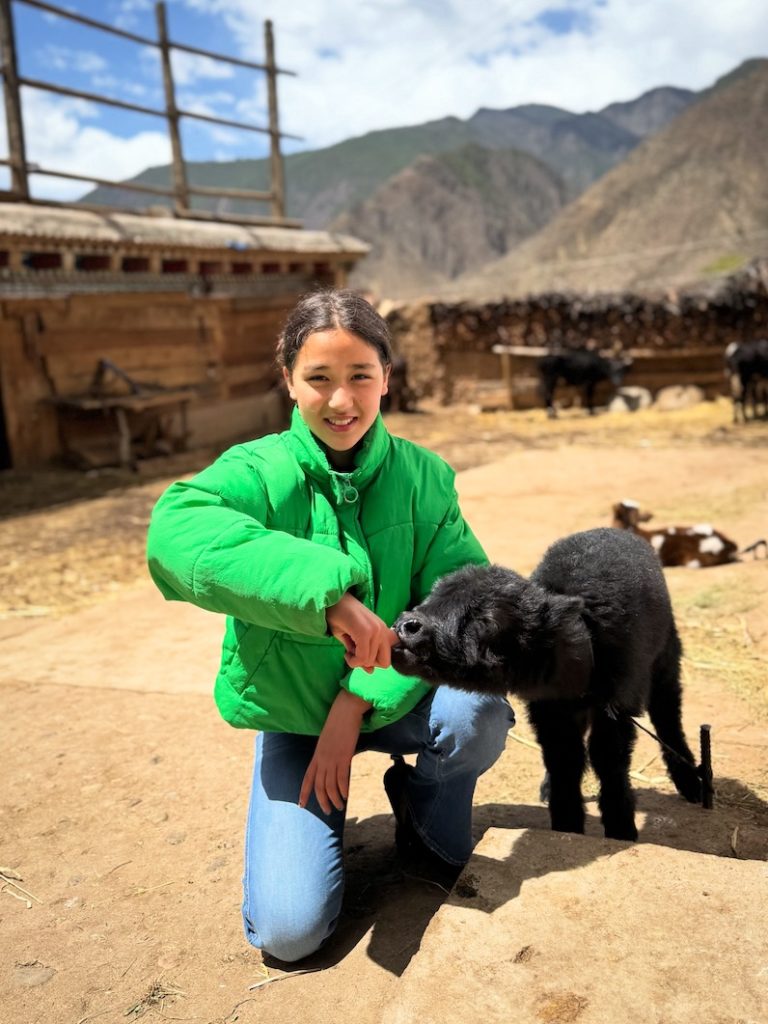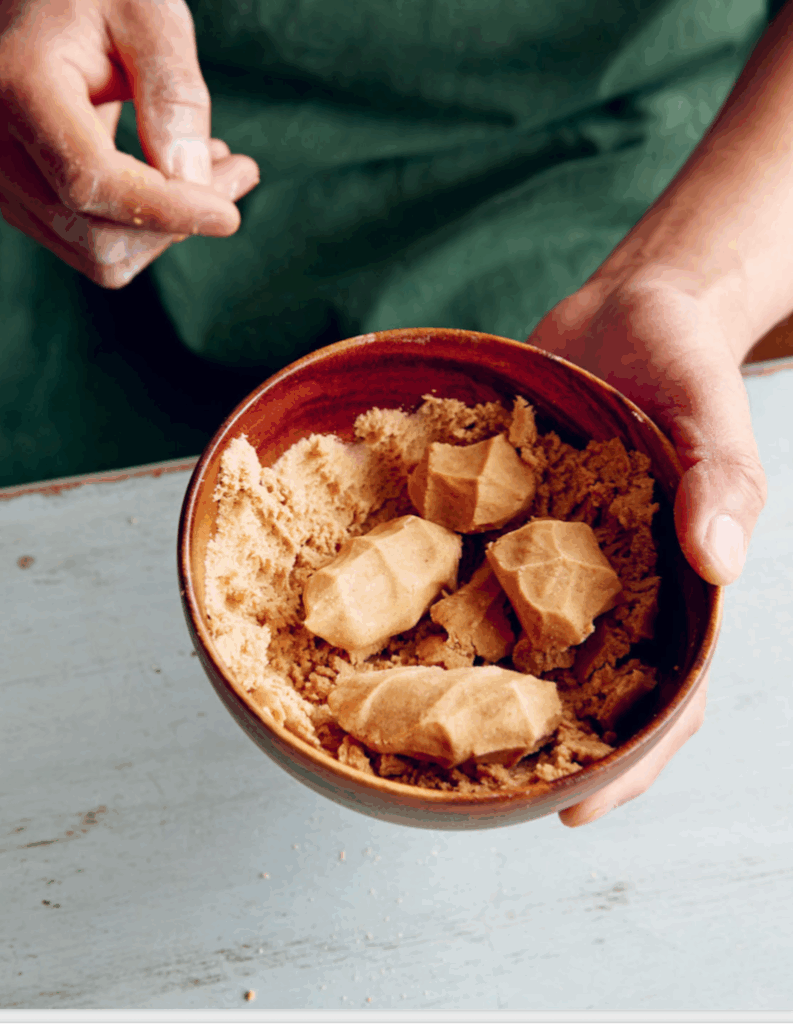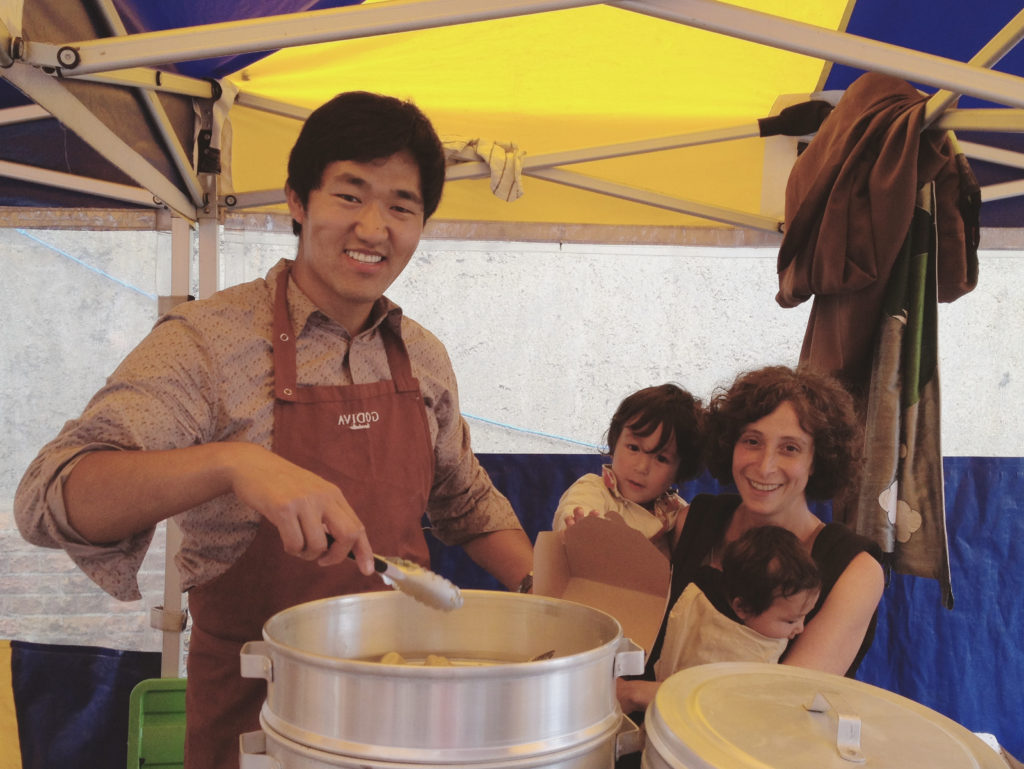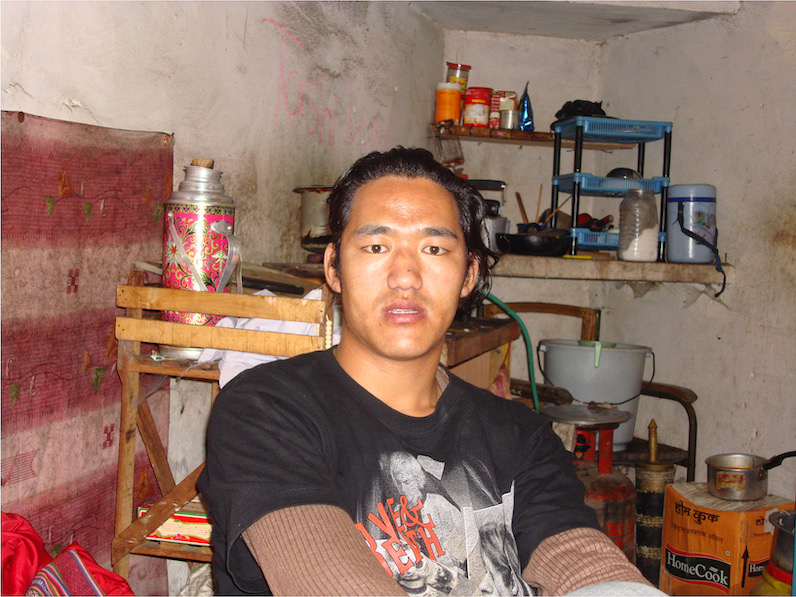https://www.youtube.com/watch?v=M9hvOEEXh6Y
Money holds very little currency at home in Tibet. In Yeshi’s village, people farm most of what they need. Multiple cropping yields two harvests a year. The fields in the video above were used first to grow barley (harvested during the springtime), before being reworked for turnips (harvested autumn).
Turnips are grown specifically as animal feed. You can see that the yaks, cows, horses and goats will surely not starve this winter. The pigs also enjoy walnuts and dried peaches, as well as radish leaves and other surplus veg.
There is always a surplus, and usually the family uses this to trade for crops from other villages. Walnuts and fruit are swapped for potatoes, radishes and green vegetables. Yeshi’s family grow plenty of these crops themselves at home, but people in other parts grow different varieties, or the results may be better because of a difference in soil quality. Families from different areas also trade seeds so that they can have a go at growing different varieties on their own land.
All of this means that there is very little need for hard cash at home in the village. Sometimes Yeshi’s family use it to buy in tea, vegetable oil or rice, but these are uncommon transactions. In his hometown area subsistence farming has been a way of life since forever, and this continues largely unchanged in the present day.
Over here, of course, we can’t do without money, and in these cash-strapped times we know that everyone appreciates a good deal. This week, we are offering some spectacular savings to all the new and returning students at our stall in Gloucester Green. Sign up to our newsletter for our special discount code!
#tastetibet #tibet #vegetables #harvest







